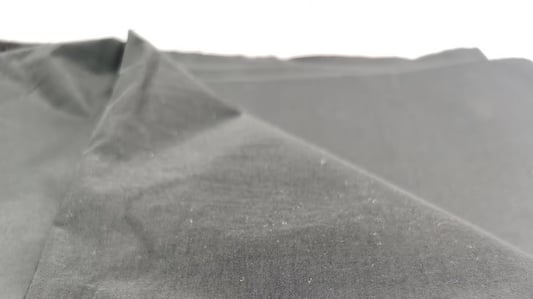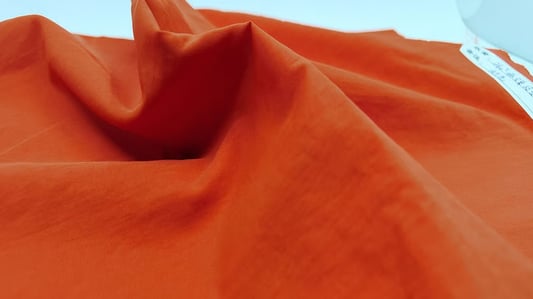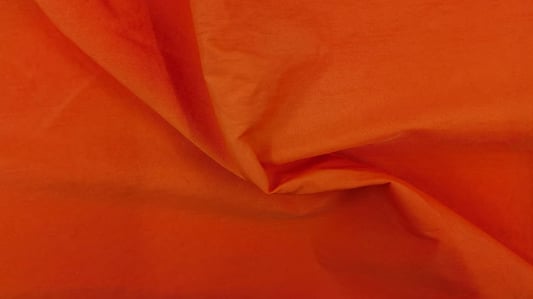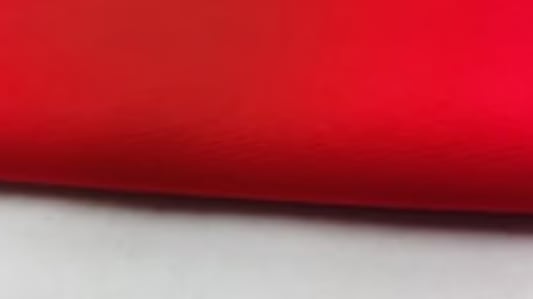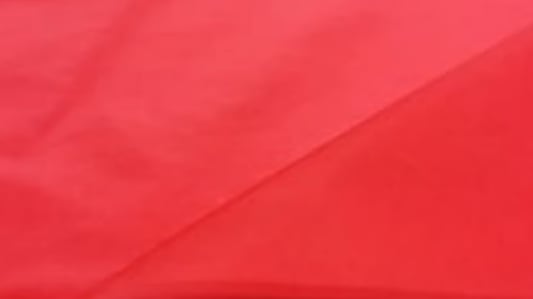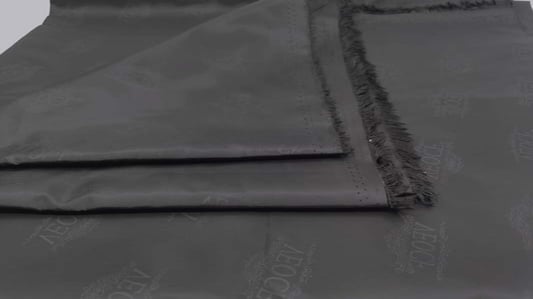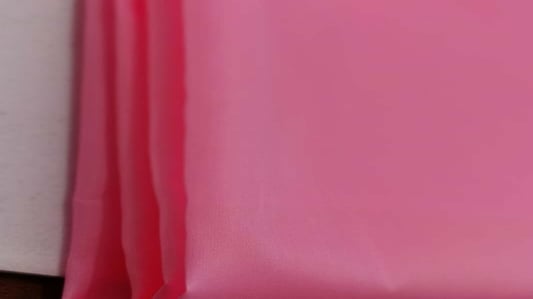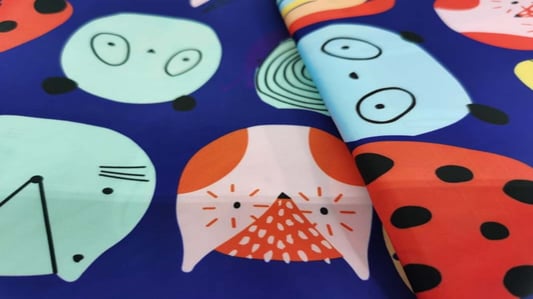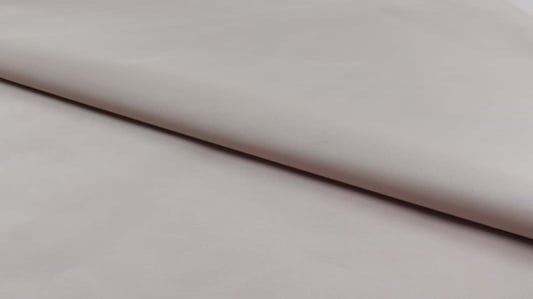coated nylon taffeta is a popular fabric known for its durability and water resistance. With its versatile applications in various industries, understanding the characteristics and benefits of coated nylon taffeta is essential. In this article, we will explore the different aspects of this fabric and why it is a top choice for many professionals. What is Coated Nylon Taffeta? Coated nylon taffeta is a lightweight, synthetic fabric that is coated with a waterproof material, making it resistant to water and other elements. The fabric is often used in outdoor gear, such as jackets, tents, and backpacks, due to its ability to repel water and protect against harsh weather conditions. The Durability Factor One of the key features of coated nylon taffeta is its durability. The fabric is known for its strength and tear resistance, making it a reliable choice for products that require long-lasting performance. Whether used in sports equipment or protective gear, coated nylon taffeta can withstand tough conditions without losing its integrity. Waterproof Properties Thanks to the waterproof coating, coated nylon taffeta is highly water-resistant. This feature is particularly beneficial for outdoor enthusiasts who need gear that can withstand rain, snow, and moisture. The fabric's ability to repel water ensures that users stay dry and comfortable even in challenging environments. Lightweight and Packable Despite its durability, coated nylon taffeta remains lightweight and packable. This makes it an ideal choice for travelers and adventurers who value gear that is easy to carry and transport. The fabric's lightweight nature also adds to its versatility, allowing for greater mobility and flexibility in various activities. Application in Clothing Coated nylon taffeta is commonly used in the production of outdoor clothing, such as jackets and pants. The fabric's waterproof and windproof properties make it a popular choice for outerwear that provides protection against the elements. Additionally, its durability ensures that the clothing maintains its quality and performance over time. Versatile Use in Gear In addition to clothing, coated nylon taffeta is also widely used in outdoor gear and equipment. From tents and backpacks to sleeping bags and umbrellas, the fabric's water-resistant and durable characteristics make it a preferred material for a variety of outdoor products. Its reliability in extreme conditions makes it indispensable for outdoor adventurers. UV Protection Some variants of coated nylon taffeta come with UV protection features, offering an additional layer of defense against harmful sun rays. This makes the fabric suitable for items like sun shelters, beach umbrellas, and outdoor furniture covers, providing users with peace of mind while enjoying the outdoors. Maintenance and Care To prolong the life of coated nylon taffeta products, it is important to follow proper maintenance and care instructions. Regular cleaning and occasional reproofing with waterproofing agents can help maintain the fabric's performance and extend its longevity. Avoiding harsh chemicals and excessive heat is also recommended to preserve the integrity of the material. Environmental Considerations As with any synthetic material, it is important to consider the environmental impact of coated nylon taffeta. While the fabric offers valuable benefits in terms of durability and performance, efforts should be made to recycle and responsibly dispose of products made from coated nylon taffeta to minimize environmental harm. Quote Inquirycontact us


